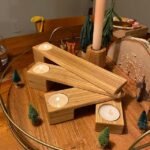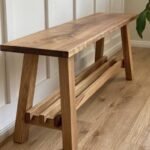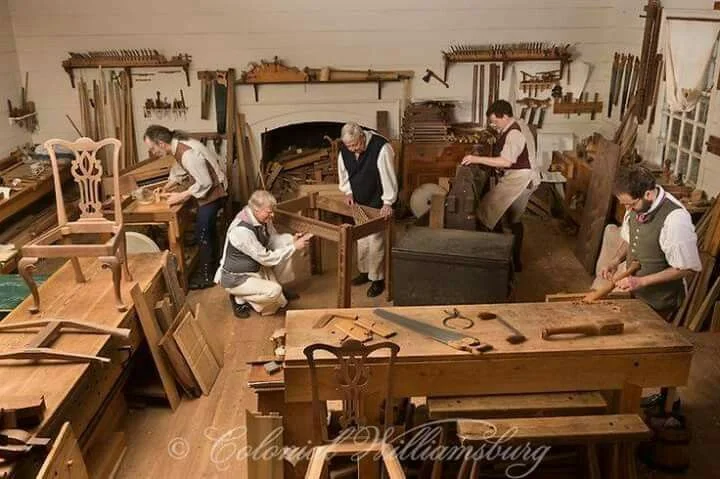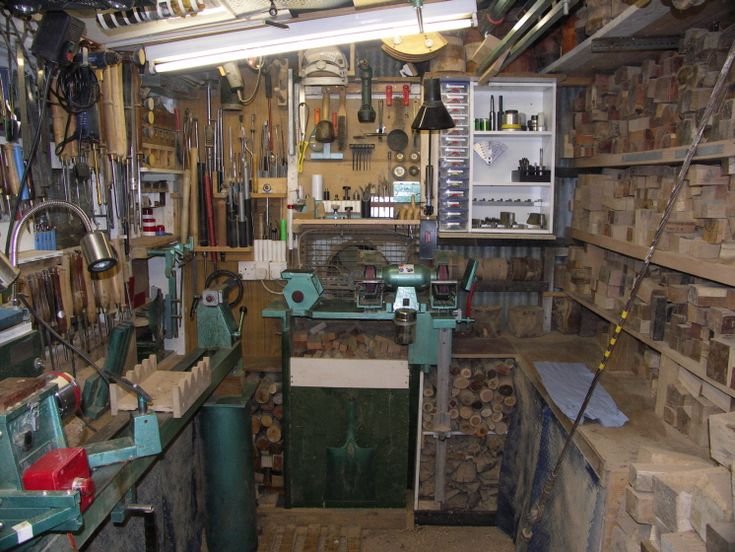Woodworking, History, and a Lot of Coffee
So, there I was, standing in the garage, staring at a big ol’ stack of reclaimed oak I had managed to wrangle from a local barn tear-down. The rustic smell was like old books and the forest rolled into one. If you’ve ever smelled it, you know what I mean—the kind of aroma that just takes you back. I had plans. Big plans. Civil War woodworking projects, to be specific, because, well…I’ve always had a thing for history, and reenactments in our little town are as popular as the annual pie-eating contest. I figured, why not combine my love for woodworking with my passion for history, and make something real, something that could tell a story of its own?
The Spring Afternoons Faced with the Unexpected
I started with a project that felt manageable: a simple soldier’s desk. Easy, right? You’d think! It was a chilly spring afternoon, warming up just enough, and I had my trusty miter saw set up on the workbench. The first few cuts went smoothly, the blade whirring away like a gentle hum against a sleepy backdrop of birds chirping outside. But then, around the corners, I had some problems. I thought my dimensions were spot on, but when I held the pieces together, let’s just say… they didn’t fit like a glove. More like a cat in a bathtub. I remember letting out a frustrated chuckle at the mismatch, sitting there among my handy little drugstore tools—a tape measure that was more like a suggestion than a tool.
I’ve found that woodworking often comes down to patience. You’ve got to take your time, you know? I had to walk away, let it simmer in my mind for a night, and then the next day, armed with a fresh cup of coffee that had just the right amount of cream in it, I came back. Found out my pieces were all over the place because I had been measuring in two different spots. Rookie mistake, huh? I don’t know why I thought I could get away with that.
Figuring It Out, One Cut at a Time
After I got everything lined up right, made little pencil marks like a 5-year-old with a crayon, I felt that wave of relief wash over me—like after that first gulp of coffee on a Monday morning. I was on a roll! I whipped out my chisel set, the one I had borrowed from Uncle Joe. Truth be told, that old chisel set was probably used by every member of my family trying to make something back when the world wasn’t obsessed with technology. Using those tools felt like wielding pieces of history, and let me tell you—it was satisfying. I think I even let out a whoop of joy when I finally got the drawer to slide in without getting stuck.
But then, my excitement led me straight to the next pitfall: staining. Ah, the staining. I naively thought I could just slap some finish on there, let it dry, and voilà! It would look like it belonged in a museum. Instead, I learned the hard way that different types of wood stain react differently. I chose a walnut stain, thinking, "Well, that’s dark and handsome, just like me!" But, of course, the oak took that dark hue and turned it into… well, something from a child’s art project. I sat there, gazing at it as if I were staring into the depths of a muddy trench, wondering if I just made a grave mistake.
Making Something to Last
After that hiccup, though, I finally found the right balance. I switched to a light natural finish to keep the wood grain front and center. After all that work cutting, chiseling, and figuring out how not to screw up, I wanted it to shine at least a little bit, you know? The final product turned into something I was genuinely proud of. My hands were rough and tired, dust covering my sweat-sticky forehead, but when I set that desk up in my kid’s playroom — where history meets imagination — it beautifully went from a pile of leather and wood to a place where stories could unfold.
I’d be lying if I said that every single project I tackled went as planned after that. There’s zigging and zagging in every design, and sometimes, things just don’t fit. But you learn. Like that time I tried to make a camp chair out of pine, thinking it would be strong enough. Spoiler alert: it wasn’t. My buddy took one look and just laughed, “It’s like sitting on a pile of twigs!” But those moments are the ones that make you appreciate the success even more.
A Reminder to Just Dive In
So, if you’re thinking about giving this whole Civil War woodworking thing a shot, or really, any woodworking at all — well, don’t overthink it. Just dive in. Honestly, I almost gave up many times, but each time I found joy in figuring it out, learning from it, and laughing at my own mishaps. Each piece I create feels like part of a family history, even if I haven’t quite gotten it right all along the way.
At the end of the day, it’s about making something with your hands, connecting with a bit of history, and letting creativity flow in the garage (or wherever you call your workspace). So brew a strong cup of coffee, grab that old wood, and start crafting. You never know the joy that’s waiting right around the corner, just like what I found that day in my garage. And remember, if it doesn’t come out perfect — well, it’s still a piece of history, isn’t it?








